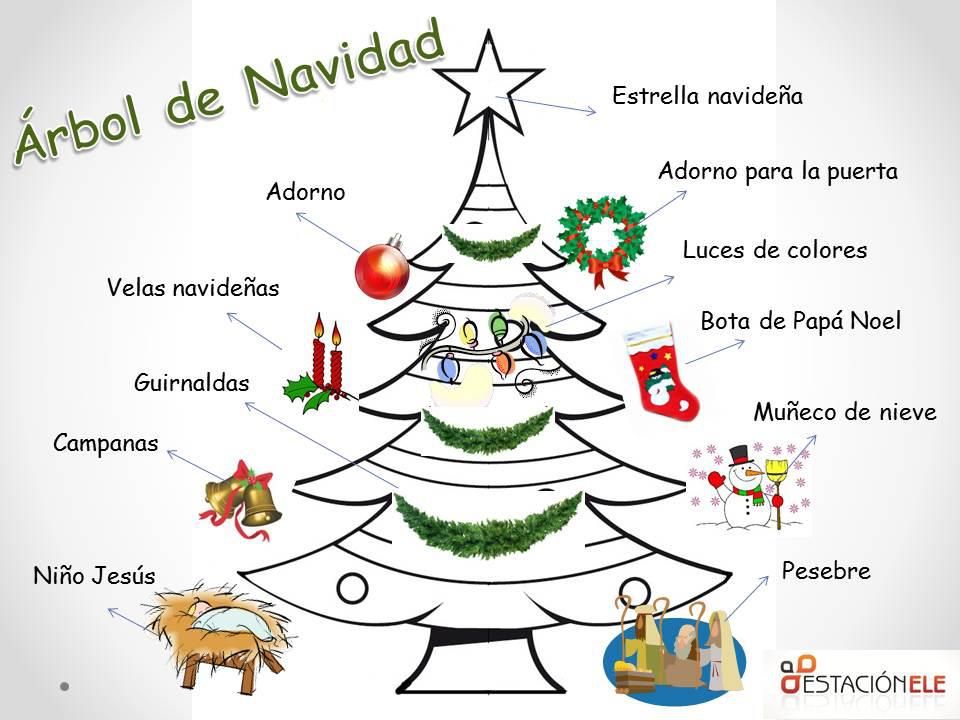¿Te has preguntado alguna vez por qué es típica la Flor de Pascua en Navidad? Todas las Navidades, las casas se llenan de colorido gracias a sus brillantes hojas rojas. Esta preciosa planta navideña tiene una bella historia, que nos llega desde México. Aprovecha para contar a tu hijo esta leyenda navideña sobre el origen de una tradición que se mantiene años tras años entre nosotros.
Cuenta una leyenda que hace mucho, mucho tiempo, en un pequeño pueblo de México, todos los habitantes se reunían en la iglesia cada año durante el nacimiento de Jesús para dejarle algún regalo.
A Pablo le encantaba aquella tradición. Todos los años veía llegar a muchas personas desde muy lejos con regalos hermosos: cestas de fruta, ropa, algún juguete… Pero según pasaban los años, Pablo se ponía más y más triste. Él sólo veía como todos iban y depositaban sus regalos pero él no tenía nada que regalar, él era muy pobre y eso lo hacía sentir mal.
Pablo quiso esconderse para evitar que otro miraran que no tenía nada que dar, fue y se escondió en un rincón de la iglesia y comenzó a llorar, pero pronto de sus lágrimas que habían caído al suelo, comenzó a brotar una hermosa flor con pétalos rojos.
Pablo comprendió que aquella flor era un regalo de Dios, para que Pablo se la regalara al niño Jesús. Contento fue y deposito aquella flor juntos con los demás regalos, pero manteniendo el secreto que había nacido de sus lágrimas.
El resto de personas, al ver aquella planta tan bella, decidieron llevar una idéntica cada año. Ese gesto, poco a poco, se convirtió en una tradición, y hoy en todos los hogares, una bella flor de Pascua deslumbra a todos con sus intensas hojas rojas.
[Leer +: Cuento de la Flor de Pascua en vídeo]
Esta preciosa leyenda mexicana de Navidad es preciosa para que los niños la descubran por sí mismos, pero también para que reservéis un momento en familia ya la descubráis juntos.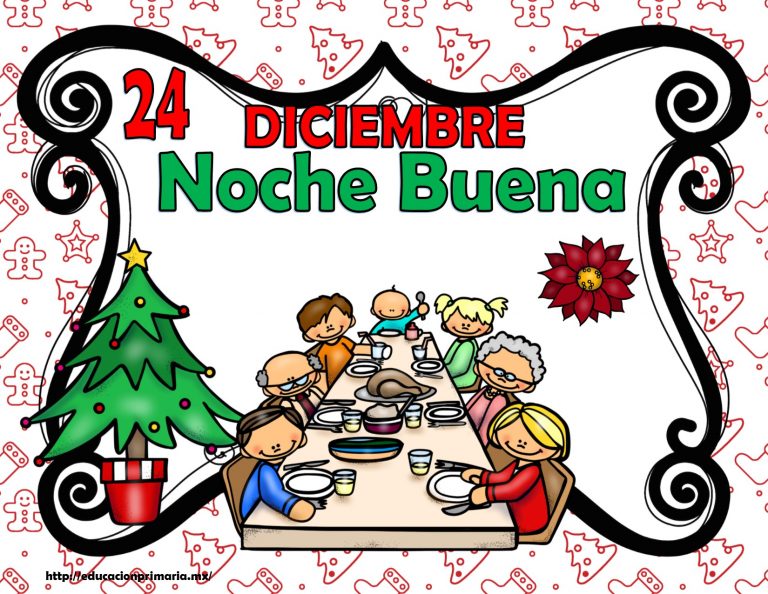 Además, con este sencillo gesto y, según un estudio publicado por las investigadoras de la Universidad de Deusto (País Vasco, España) Edurne Goikoetxea Iraola y Naroa Martínez Pereña, son muchos los beneficios de la lectura compartida de libros.
Además, con este sencillo gesto y, según un estudio publicado por las investigadoras de la Universidad de Deusto (País Vasco, España) Edurne Goikoetxea Iraola y Naroa Martínez Pereña, son muchos los beneficios de la lectura compartida de libros.
Por otro lado, será una forma de ver si el niño ha prestado atención al resto y si ha entendido la historia. Para ello puedes realizar estas sencillas preguntas.
– ¿Dónde se desarrolla la historia?
– ¿En qué se transforman las lágrimas del niño Pablo?
– ¿Qué pensó la gente del regalo que hizo Pablo al Niño Jesús?
¿Quieres aprender a hacer una flor de Pascua en origami que te dure todas las fiestas? Aquí tienes un vídeo muy instructivo y unas indicaciones muy sencillas para que te salga genial. Se trata de una actividad que puedes hacer con los niños y pasar un rato muy divertido en familia en estas fechas.
– Necesitas papel rojo y otro verde, una tachuela y pegamento o silicona fría.
– El paso a paso es sencillo, pero si no te sale a la primera, ¡no te preocupes! Hay que tener un poco de paciencia, sobre todo con los más pequeños que lo quieren todo ya.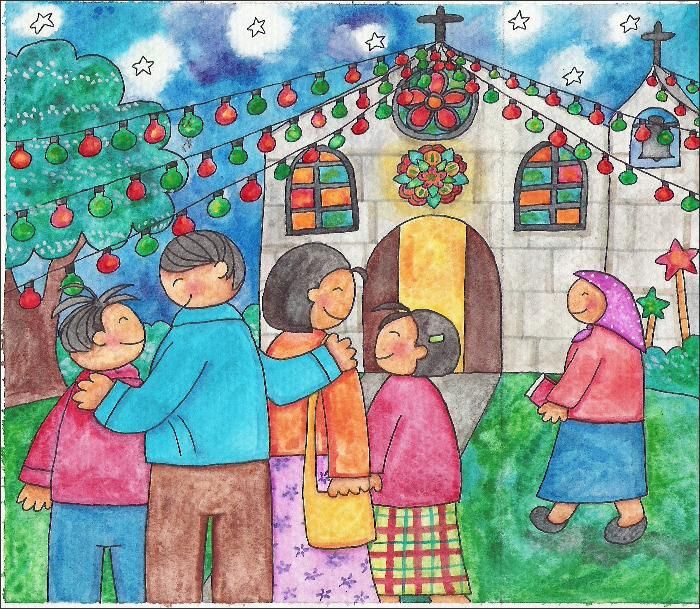
– Escoge un día que tengáis tiempo y que nada ni nadie os moleste.
– Para que sea más ameno, haz una selección con los mejores villancicos y ponlos de fondo.
[Leer +: Cuentos de Navidad en vídeo para los niños]
En México es típico la flor de Pascua en las fechas navideñas y, en España y otros países, se ha copiado esta tradición, aunque no siempre es así. Cada país tiene sus rituales que pasan de generación y en generación y, como ocurre con la flor de Pascua, llegan a los niños a través de leyendas. ¿Quieres conocer algunas de las más curiosas? ¡Te las contamos a través de estos cuentos de Navidad!
– Los 13 hombrecitos de Navidad
¿Te imaginas que en lugar de un Papá Noel existieran 13? Parece un chiste, pero en Islandia la noche de Navidad los niños esperan ansiosos a los conocidos como ‘Los 13 hombrecitos de Navidad’,aunque eso sí, nunca sabes si te dejarán un regalo o una patata a los pies del árbol. ¡Glups!
– La Befana
¿Y sabes quién trae los regalos en el país de la pizza y la pasta? Aquí ni Reyes Magos ni Papá Noel.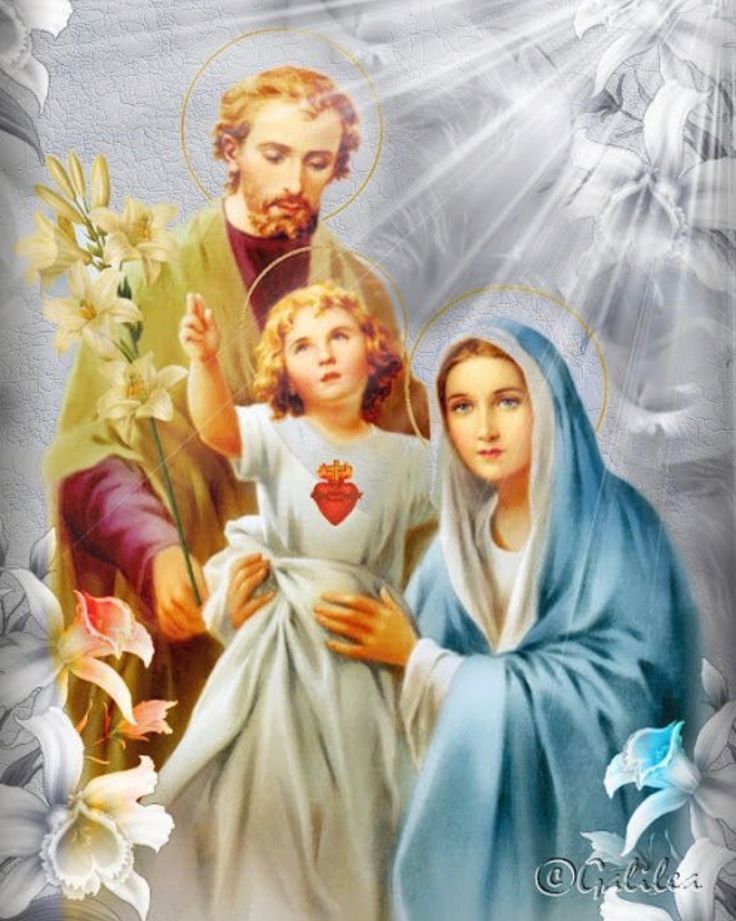 Los niños italianos solo piensan en la brujita Befana, una antigua amiga de sus majestades de Oriente, que reparte dulces a todos los niños que se encuentra por el camino.
Los niños italianos solo piensan en la brujita Befana, una antigua amiga de sus majestades de Oriente, que reparte dulces a todos los niños que se encuentra por el camino.
– Las arañas de la Navidad
En vuestra casa, ¿decoráis el árbol? ¿qué tipo de adornos utilizáis: bolas, estrellas, espumillón…? Seguramente tendréis un montón y cada año puede que hasta que los renovéis para darle un nuevo aire a vuestro abeto. ¿Qué pensarías si te contásemos que todos estos adornos fueron creados por Papá Noel y que detrás de cada uno de ellos se esconden en realidad arañas?
– Tomte, el gnomo de Navidad
Si le pides a un niño que te describa a Papá Noel, probablemente te dirá que es un señor grande, con mucha barriga, una barba blanca…. ¿verdad? Quizás los niños que vienen en Suecia, Finlandia y Noruega no estén tan de acuerdo, porque allí el personaje que lleva los regalos no se parece nada al clásico Papá Noel que estamos acostumbrados.
– Babushka
Y, por último, te queremos hablar de este cuento tradicional ruso sobre la figura de Babushka, una anciana que reparte regalos cada 24 de diciembre a todos los niños rusos, con el que, además, los más pequeños de la casa descubrirán el verdadero sentido de la Navidad.
Puedes leer más artículos similares a La flor de Nochebuena. Leyenda navideña de México, en la categoría de Cuentos en Guiainfantil.com.
Publicidad
Índice
Cuando te conviertes en papá o mamá las fiestas navideñas empiezan a girar en torno a tus hijos. Sus caritas felices e ilusionadas con cada una de las actividades que se realizan en estas fechas hacen que para los padres las navidades adquieran un significado diferente y te preocupes por conseguir que todo sea perfecto e inolvidable.
Articulo relacionado: Ideas para fiestas infantiles perfectas
Si estás pensando ya en la fiesta de Nochebuena, y quieres que tu hijo también disfrute y no se aburra viendo comer a la familia o discutir a los cuñados, no dudes en seguir estas fantásticas ideas.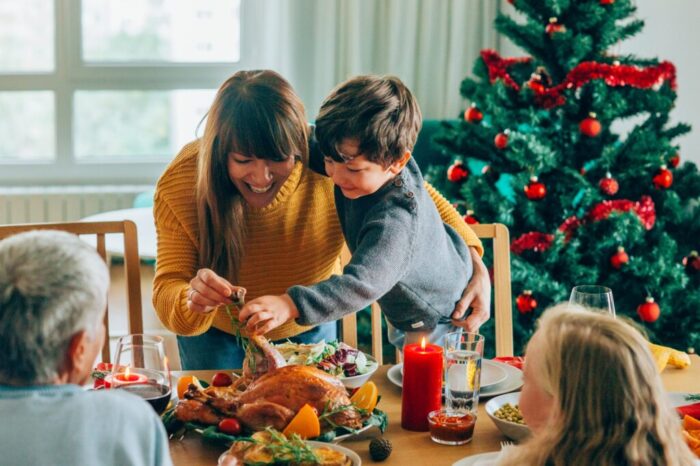
1- Háblale de la Nochebuena, de por qué se celebra y de lo que significa. Si eres católico le puedes hablar del nacimiento del niño Jesús. Si no, simplemente háblale de que son unas fiestas familiares para estar todos juntos.
2- Implica a tu hijo lo más posible en la celebración para que realmente se sienta parte de ella. Puede ayudarte a pensar el menú de la cena, comprar, hacer la comida y decorar la casa.
3- Si celebráis Papá Noel, puedes contarle alguna historia, cuento o ponerle una peli sobre Papá Noel en la mañana de Nochebuena; hay muchas películas navideñas ideales para estos días.
Articulo relacionado: Decoración para fiestas infantiles sencillas
4- Si todavía es pequeño, alguien de la familia puede disfrazarse de Papá Noel y traer los regalos tras la cena. El niño se sentirá en una nube cuando vea aparecer a Papá Noel con sus regalos. Si es un poco mayor mejor no lo hagas o dile directamente que es el tío Juan, porque no se creerá que sea el de verdad y puede hacerle dudar sobre la existencia de este mágico personaje.
5- Para que tu hijo pueda disfrutar el mayor rato posible de la cena y la posterior celebración, conviene que duerma una buena siesta, sobre todo si todavía es menor de 5 años. Si es mayor, aguantará solo con la excitación de las sorpresas. Si tiene menos de 2 años y le entra sueño, no te emperres en que se quede, acuéstale. Tendrá muchas más Nochebuenas para disfrutar.
6- Para tener unos recuerdos muy especiales, podéis crear un photocall navideño, es una sencilla manualidad que podéis hacer en los días previos y hará que paséis un divertido rato. Para el fondo, un paisaje nevado, un árbol de Navidad o un Papá Noel. Y además hacer o comprar gorros de Papá Noel, gafas divertidas, bigotes postizos, etc.
7- Preparad una obra de teatro. Nada mejor para entreteneros después de la cena que crear una representación teatral con los niños. Podéis escribir vuestra propia obra o buscad algún clásico como Cuento de Navidad. Ensayad la obra en las semanas previas y preparad el atrezzo para que todo salga perfecto.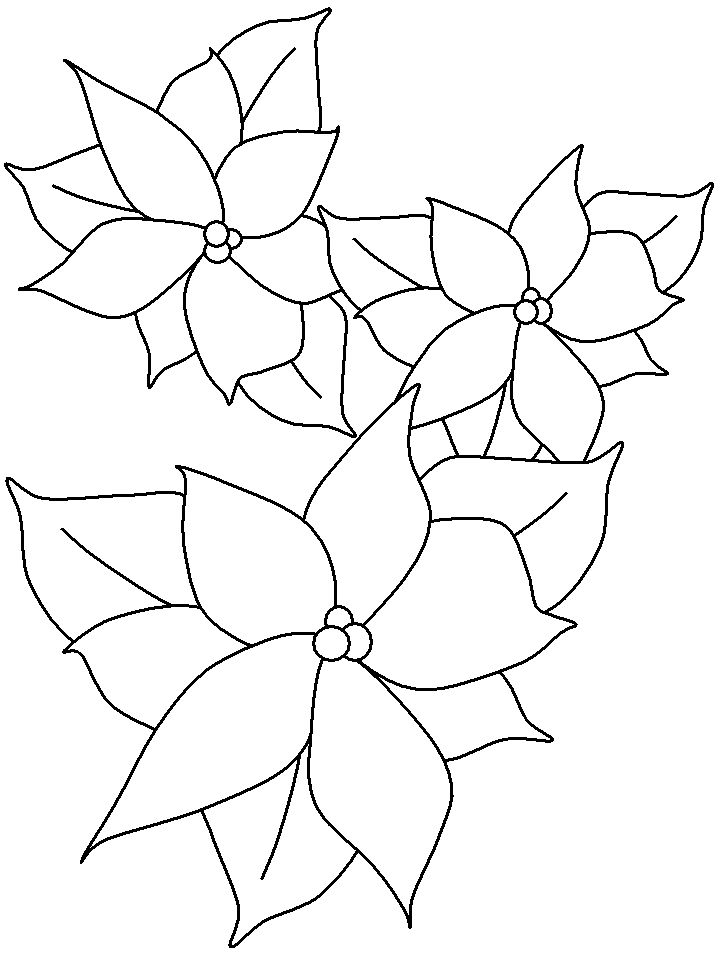
Articulo relacionado: Diez ideas para organizar una fiesta para niños en Halloween
8- Disfrutad de los juegos en familia. La sobremesa puede volverse muy aburrida para los niños si las únicas actividades disponibles son oír discutir a los mayores de política o ver el espacial navideño de la tele. Sacad el bingo, las cartas, los juegos de mesa, el Twister o cualquier otro juego al que pueda jugar toda la familia, desde el más pequeño hasta la abuela. Los niños se lo pasarán bomba viendo a sus abuelos jugar a ciertas cosas. Son una gran idea los juegos de pruebas, imitaciones, canciones, etc.
9- La búsqueda del tesoro. Para la mañana de Navidad, podéis esconder los regalos en lugar de dejarlos debajo del árbol y darles a los niños un mapa con la señalización de cada presente. Así pasarán un rato emocionante buscando sus regalos.
10- Cuidado con los accidentes infantiles. Nadie quiere acabar en Nochebuena en el hospital, así que no pierdas de vista a los niños y ten cuidado con objetos o situaciones peligrosas ya que las Navidades son una de las épocas en las que más accidentes infantiles se producen.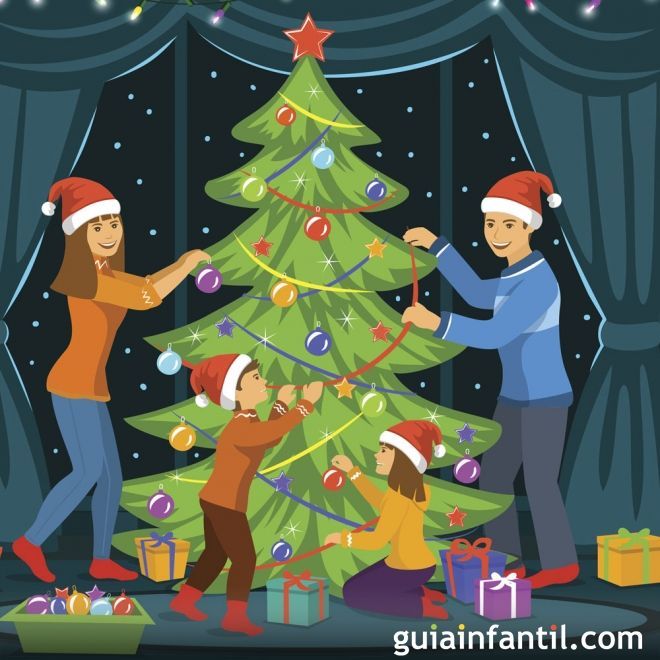 Cuidado con las intoxicaciones, objetos de decoración peligrosos, caídas o quemaduras.
Cuidado con las intoxicaciones, objetos de decoración peligrosos, caídas o quemaduras.
¡Y a disfrutar en familia!
Publicidad
Publicidad
TodoPapás es una web de divulgación e información. Como tal, todos los artículos son redactados y revisados concienzudamentepero es posible que puedan contener algún error o que no recojan todos los enfoques sobre una materia. Por ello, la web nosustituye una opinión o prescripción médica. Ante cualquier duda sobre tu salud o la de tu familia es recomendable acudir a unaconsulta médica para que pueda evaluar la situación en particular y, eventualmente, prescribir el tratamiento que sea preciso.Señalar a todos los efectos legales que la información recogida en la web podría ser incompleta, errónea o incorrecta, yen ningún caso supone ninguna relación contractual ni de ninguna índole.
Contents
December 25 is not a legal holiday in this country.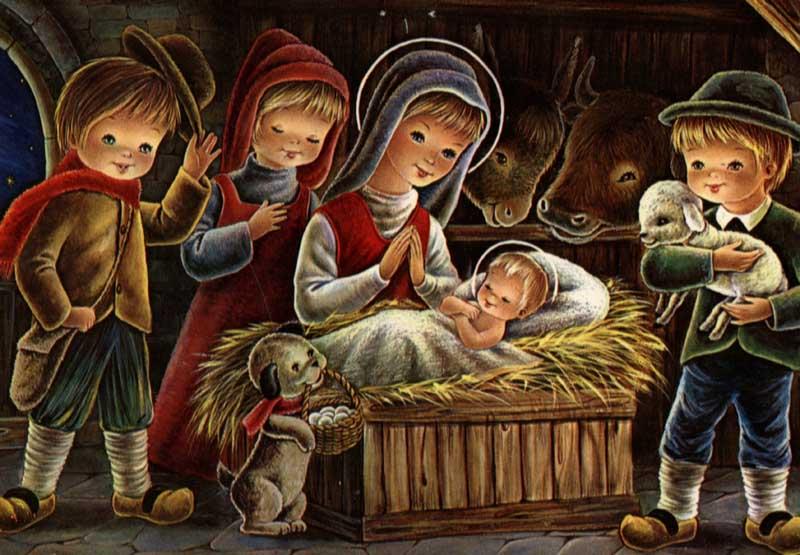 However, it is still considered public in the Chinese Special Administrative Regions of Hong Kong and Macau, former colonies of Western powers with a nominal Christian cultural heritage.
However, it is still considered public in the Chinese Special Administrative Regions of Hong Kong and Macau, former colonies of Western powers with a nominal Christian cultural heritage.
On the mainland, a small percentage of citizens who consider themselves Christians observe Christmas unofficially and privately. Many other people celebrate the day Jesus was born, even if they don’t consider themselves Christians. Certain customs, including sending cards, exchanging gifts, and hanging stockings, are very similar to Western holidays. Commercial Christmas decorations, signs and other symbolic items are becoming more common during the month of December in major urban centers in mainland China, reflecting cultural interest in this Western phenomenon and sometimes marketing campaigns.
Here Christmas is a public holiday and many of the buildings in front of Victoria Harbor are decorated with lights. Christmas trees are placed in large shopping centers and other public buildings, as well as in some houses, despite the small living area. Catholics in Hong Kong can attend solemn mass.
Catholics in Hong Kong can attend solemn mass.
In this country, Christmas is a public holiday. Its traditions mainly depend on Portugal, since the territory was its colony until December 20, 1999 years. Here the casinos remain open on Christmas Day. Festive masses in Catholic churches are held in either Chinese or Portuguese.
Inspired by trade, the secular celebration of Christmas is popular in this country, although it is not a national holiday. Sometimes gifts are distributed, parties are held. A Japanese holiday cake is often made from a white biscuit topped with cream and garnished with strawberries, and Stollen cakes, either imported or made locally, are widely available. Cities are adorned with lights, while Christmas trees decorate residential areas and shopping malls. Christmas Eve has become a holiday for couples who spend time together and exchange gifts. Successful advertising campaign at 19The 70s led to the national custom of eating at KFC at Christmas. His chicken dishes are so popular during the season that stores are booked months in advance.
His chicken dishes are so popular during the season that stores are booked months in advance.
The first recorded Christmas in Japan was a Mass celebrated by Jesuit missionaries in Yamaguchi Prefecture in 1552. Some believe that unrecorded celebrations were held prior to this date beginning in 1549 when Saint Francis Xavier arrived in the Land of the Rising Sun. Christianity was banned throughout Japan in 1612. However, a small enclave of Kakure Kirishitan (“hidden Christians”) continued to engage in the underground for the next 250 years.
This religion, along with Christmas, was revived during the Meiji period. American-influenced parties and gift exchanges were held. The practice spread slowly, but the holiday’s proximity to the New Year makes it less of a focus. During World War II, all celebrations, especially American ones, were suppressed. Since the 1960s, with the growing economy and the influence of US television, Christmas has become popular. Many songs and series present it as a romantic day, such as “Last Christmas” by Exile.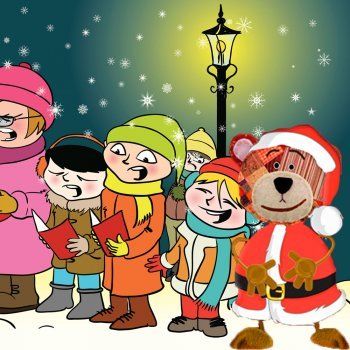 The date of the birth of the current Emperor Akihito, December 23, is a national holiday. Things close to the New Year holidays are being restored after January 3rd.
The date of the birth of the current Emperor Akihito, December 23, is a national holiday. Things close to the New Year holidays are being restored after January 3rd.
Christmas is a public holiday here.
Because it is completely banned in North Korea, people living in the south near the DMZ are not allowed to put up a Christmas tree outside or hang decorations.
This country was dominated by many British traditions, being an English colony until 1947. The day of the birth of Christ is considered a public holiday here, although Christianity is a minority – 2.3% of the 1.277 billion population. Most believers, especially Catholics, attend Midnight Mass. Many Christian homes decorate Christmas cribs, hang brightly lit stars outside, and distribute sweets and cakes to their neighbors. In many schools run by Christian missionaries, children actively participate in celebration programs. Also in many non-religious schools there is a tradition of celebrating Christmas.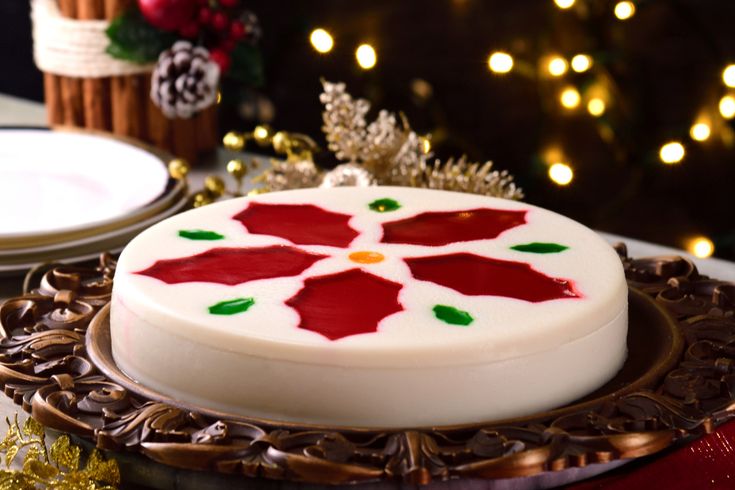 It is known as “Badaa Din” (Big Day) in North and Northwest India and people plant trees on this holiday.
It is known as “Badaa Din” (Big Day) in North and Northwest India and people plant trees on this holiday.
Christianity in this country is the second largest religious minority after Hindus. The total number of Christians is about 2,800,000 in 2008, or 1.6% of the population. Of these, approximately one half are Catholics, and the other half are Protestants. Christians celebrate Christmas by visiting people’s homes, singing carol songs, and in turn, the hosts give them something. Basically, the money collected from such carols is used for charitable work or provided to the church. Their houses are decorated with local Christmas crafts, and artificial luminaries hang from the roofs, representing the “Star of Bethlehem”. The holiday is also popular among the urban middle class in the country with its hotels, cafes, restaurants and theme parks hosting celebrations and special events.
As of December 22, 2017, Christmas is completely prohibited here (but for his expatriate and the local Christian community, it is still celebrated as usual privately), including the installation of Christmas trees, singing hymns, games, holiday greetings and even dressing up as Santa Claus.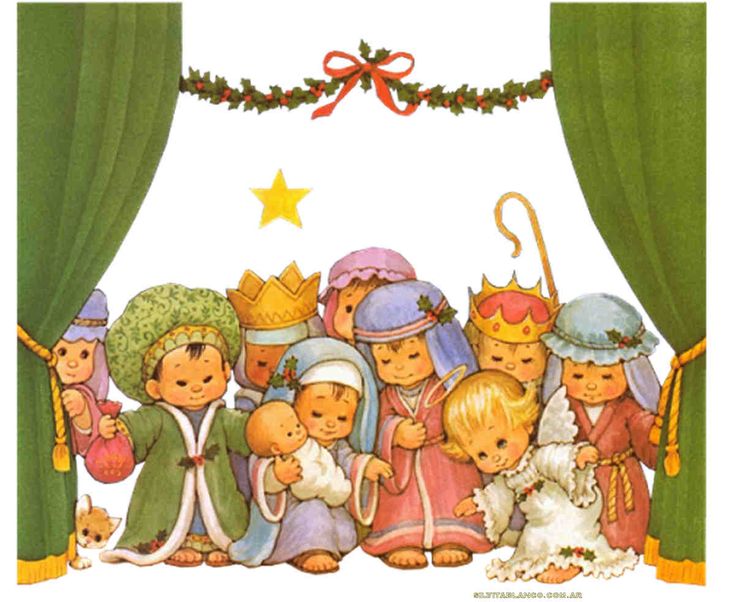 About 20 percent of the population are non-Muslims, and each person caught faces up to five years in prison. Before Sharia law was passed in 2014, non-Muslim expats could celebrate this day in Brunei.
About 20 percent of the population are non-Muslims, and each person caught faces up to five years in prison. Before Sharia law was passed in 2014, non-Muslim expats could celebrate this day in Brunei.
Here Christmas (locally known as Natalie, from the Portuguese word) is one of many public holidays. About 16.5 million Protestants and 6.9 million Catholics celebrate it with various traditions across the country. In provinces with a majority of Christians (Protestant and Catholic), such as North Sumatra, Jakarta, West, Central and North
Kalimantan, North, West and Central Sulawesi, East Nusa Tenggara, Maluku, the entire island of Papua and cities such as Surabaya, Tangerang, Batam, Bandung, etc., the Christmas season is filled with ceremonies, festivals and local products. In big cities, many malls, offices, some roads and other commercial places are mostly decorated with Christmas items such as plastic Christmas trees, Sinterklas (derived from the Dutch word Sinterklaas) and its reindeer.
Most local TV channels broadcast music concerts and annual national Christmas celebrations such as festivals and government shows. As in other countries, on the eve of the holiday, people go to church for Mass, and the exchange of gifts is a simple custom for Christians in Indonesia. In addition to traditional dishes, each Christmas day is usually filled with biscuits such as nastar (pineapple cake), kastengel (from the Dutch word kasteengel) or puri salju.
Although Christmas is a public holiday here, much of the public celebration is commercial in nature and has no overt religious overtones. Sometimes Christian activist groups buy newspaper advertisements for Christmas or Easter, but this is mostly only allowed in English newspapers and permission is not granted every year. Advertisers themselves usually make indirect claims. There has been controversy over whether Malaysian Christians are being pressured by the national government not to use Christian religious symbols and hymns that specifically mention Jesus Christ.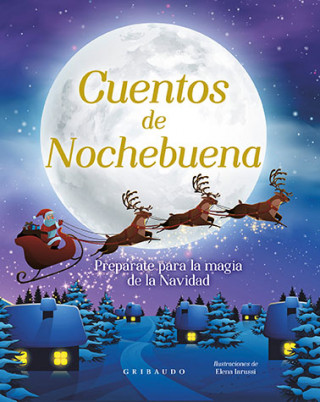
Christmas in this, one of the two predominantly Catholic countries in Asia (the other being East Timor), is practically the biggest holiday on the calendar and is widely celebrated. The country has distinguished itself by celebrating the longest Christmas period in the world, and solemn hymns can be heard from the end of September. The season officially opens with nine masses at dawn beginning December 16 and known as Misas de Aguinaldo (Gift Masses) or Mis de Gallo (Mass of the Rooster) in traditional Spanish. They are more commonly known in Tagalog as Simbang Gabi, and are held in Catholic parishes and chapels throughout the country. Usually, apart from already legal holidays such as Rizal Day (12/30) and New Year’s Eve (12/31), others like Christmas Eve (12/24), Niños Inocentes (12/28) and Epiphany (traditionally, 6/01, but now on the first Sunday of January) are also announced non-working days.
As in many East Asian countries, secular Christmas decorations are common in both business and public settings, including lights, Christmas trees, images of Santa Claus despite the tropical climate, and Christmas greetings in various foreign languages.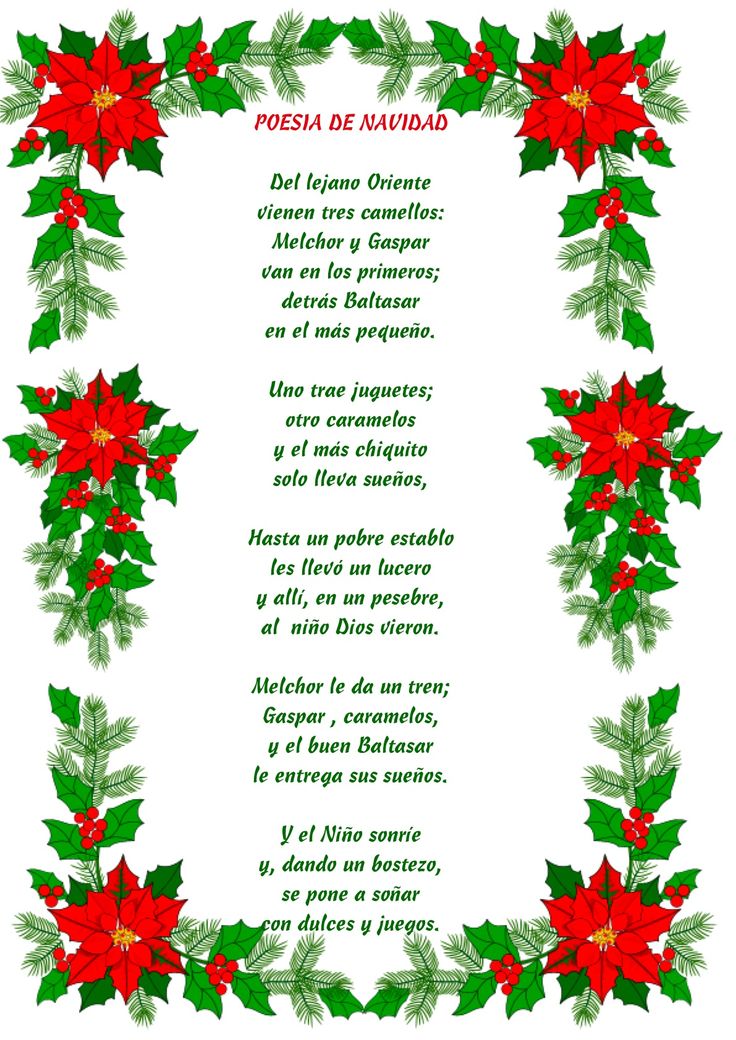 Sometimes such decorations remain in place even in summer, such as in the pair representing the “Star of Bethlehem” that led the Three Kings to the newborn baby Jesus.
Sometimes such decorations remain in place even in summer, such as in the pair representing the “Star of Bethlehem” that led the Three Kings to the newborn baby Jesus.
For Filipinos, Christmas Eve (Tagalog: Bisperas ng Pasko, Spanish: Víspera del Día de Navidad) on December 24th is celebrated with Midnight Mass, and right after that comes Buena Noche, a traditional Christmas holiday. Family members have lunch together around 12 a.m. according to the “Nochebuena” custom, which includes: queso de bola (English: “ball of cheese”, actually an edam variety), tsokolate (hot chocolate drink) and jamón (Christmas ham) lechon . As well as fried chicken or turkey, pasta, relleno (stuffed bangus or poultry) and various desserts, including cakes and the ubiquitous fruit salad. Some also open presents at this time.
On December 31st, New Year’s Eve (Tagalog: Bisperas ng Bagong Taon, Spanish: Víspera del Año Nuevo), Filipino families gather for media Noche, a midnight celebration that also symbolizes their hopes for a prosperous New Year.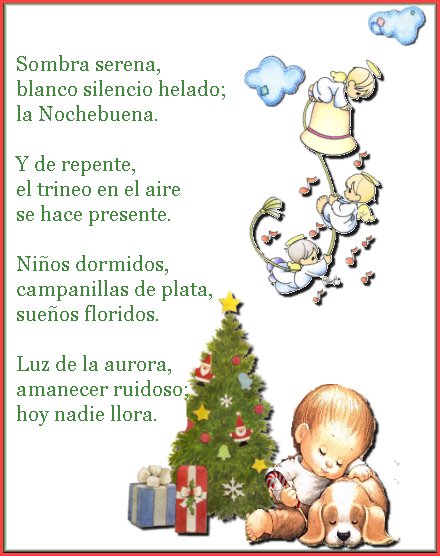 Despite the campaign against fireworks, many Filipinos still consider it a traditional way to welcome the New Year. It is believed here that loud noise and the sounds of fun drive away evil spirits. Safer methods include hitting pots, pans, and horns. Folk beliefs also include encouraging children to jump at midnight in the hope they grow tall, eating round fruits, and wearing clothes with dots and circles to symbolize money. They also eat twelve grapes at 12 at night for good luck in the next 12 months and open windows and doors on the first day of the New Year to let good luck enter the house.
Despite the campaign against fireworks, many Filipinos still consider it a traditional way to welcome the New Year. It is believed here that loud noise and the sounds of fun drive away evil spirits. Safer methods include hitting pots, pans, and horns. Folk beliefs also include encouraging children to jump at midnight in the hope they grow tall, eating round fruits, and wearing clothes with dots and circles to symbolize money. They also eat twelve grapes at 12 at night for good luck in the next 12 months and open windows and doors on the first day of the New Year to let good luck enter the house.
Christmas officially ends on the Feast of the Three Kings (Tres Reyes in Spanish or Tatlong Hari in Tagalog) also known as Epiphany (Spanish: Fiesta de Epifanía). The Feast of the Three Kings was traditionally January 6, but is now celebrated on the first Sunday after the New Year. Some children leave their shoes, believing that the Three Kings will put gifts in the form of candy or money inside.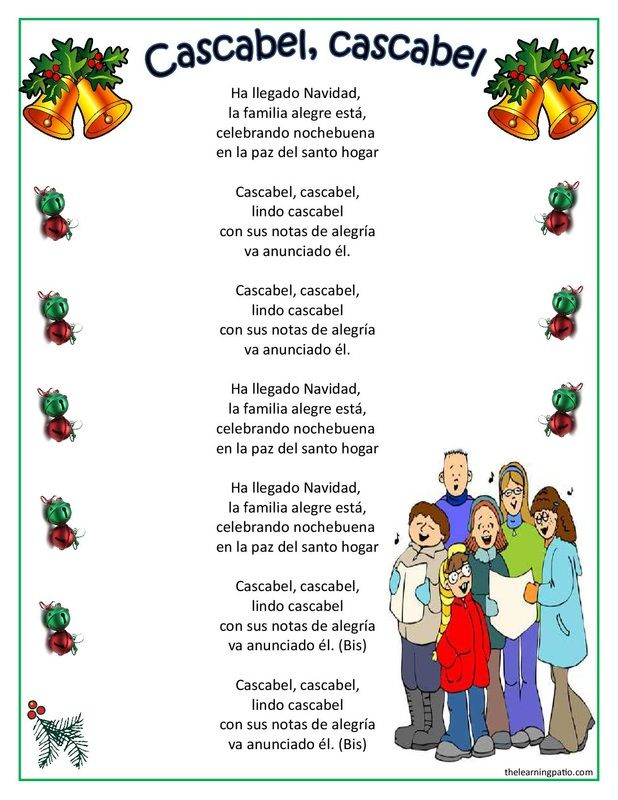 But the celebrations do not end there. Since 2011, according to the mandate of the Catholic Church, they celebrate the second Sunday of January in honor of the sacrament of the Lord Jesus in Jordan (the solemnity of the Baptism of the Lord or in Spanish Solemnidad de Bautismo del Señor). The final salvo of these celebrations is marked by the Feast of the Black Nazarene, every 9January in Manila and Cagayan de Oro, but it can also be celebrations in some places in honor of Santo Niño on the third and fourth Sundays of January, but can even be extended until the last days of this month.
But the celebrations do not end there. Since 2011, according to the mandate of the Catholic Church, they celebrate the second Sunday of January in honor of the sacrament of the Lord Jesus in Jordan (the solemnity of the Baptism of the Lord or in Spanish Solemnidad de Bautismo del Señor). The final salvo of these celebrations is marked by the Feast of the Black Nazarene, every 9January in Manila and Cagayan de Oro, but it can also be celebrations in some places in honor of Santo Niño on the third and fourth Sundays of January, but can even be extended until the last days of this month.
Christmas is widely celebrated here. The holiday season is a popular period in shopping malls and enterprises to carry out sales at the end of the year, various discounts and promotions are offered. Singapore’s famous shopping belt Orchard Road, as well as Marina Bay, exhibit lights and other trinkets from early November to early January (from 11/14/2018 until 01/5/2019).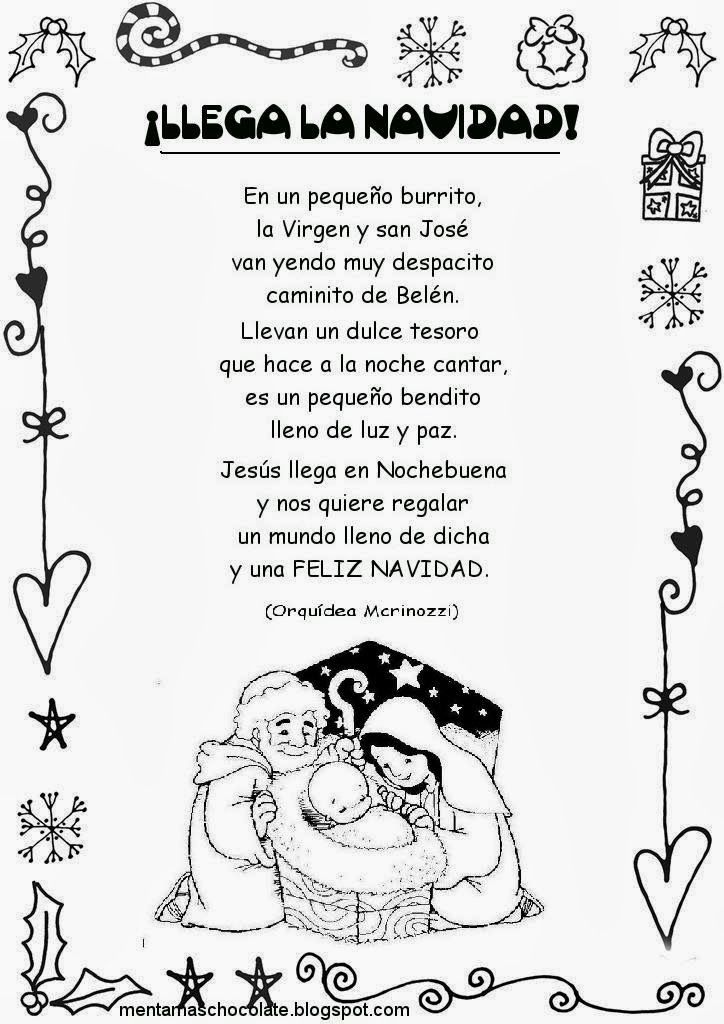 The Christmas-lit and decorated malls along Orchard Road often attract numerous visitors, locals and tourists. In addition to festive lights, you can also find events such as concerts and parades here. In addition, companies in Singapore usually organize gift exchange programs on the last working day before the celebration.
The Christmas-lit and decorated malls along Orchard Road often attract numerous visitors, locals and tourists. In addition to festive lights, you can also find events such as concerts and parades here. In addition, companies in Singapore usually organize gift exchange programs on the last working day before the celebration.
The birth of Jesus is not considered a national holiday in this country, but is becoming more and more popular. Wealthy Vietnamese love it precisely because of its non-religious glamor and commercial appeal. The locals are exposed to the vesti culture, although their style of celebration may seem unrecognizable to some Westerners. The Vietnamese perceive corporate influence because for many, Christmas has never been based on personal values. Now is not the time to have dinner at home with the family and thank each other. Instead, people go out into the city, go shopping and take pictures with friends in front of colorful displays, especially on December 24th.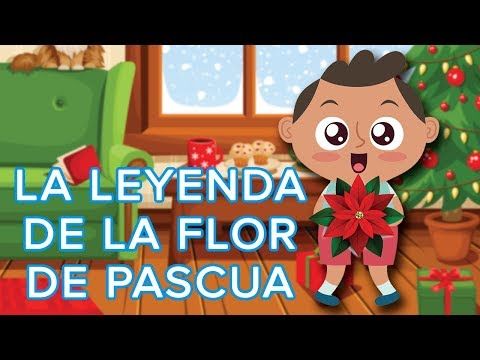
Image on Nignios Dios, clothed Tsocil outlined
The Nignio Dios (Bookwall Dete God) on Mexico e, the tradition is revered by Deta Imto, Coeto in Mexico It was rooted from time to time, but it was introduced before the 16th century and then synchronized with pre-Spanish elements, for the formation of some unique traditions. [1] [2] Mexican Catholics have their own images on Deteto Jesus, some of which are honored and celebrated in time during the winter season, especially on Weekday evening and Holy Day (February 2). One unique tradition for Mexico is that every year and denounce the image with a new clothe for presenting at the liturgy at the Holy. Tazi roquel may be da varira from the representation on lightcite, the Aztecs of roquel, football / soccer players, etc.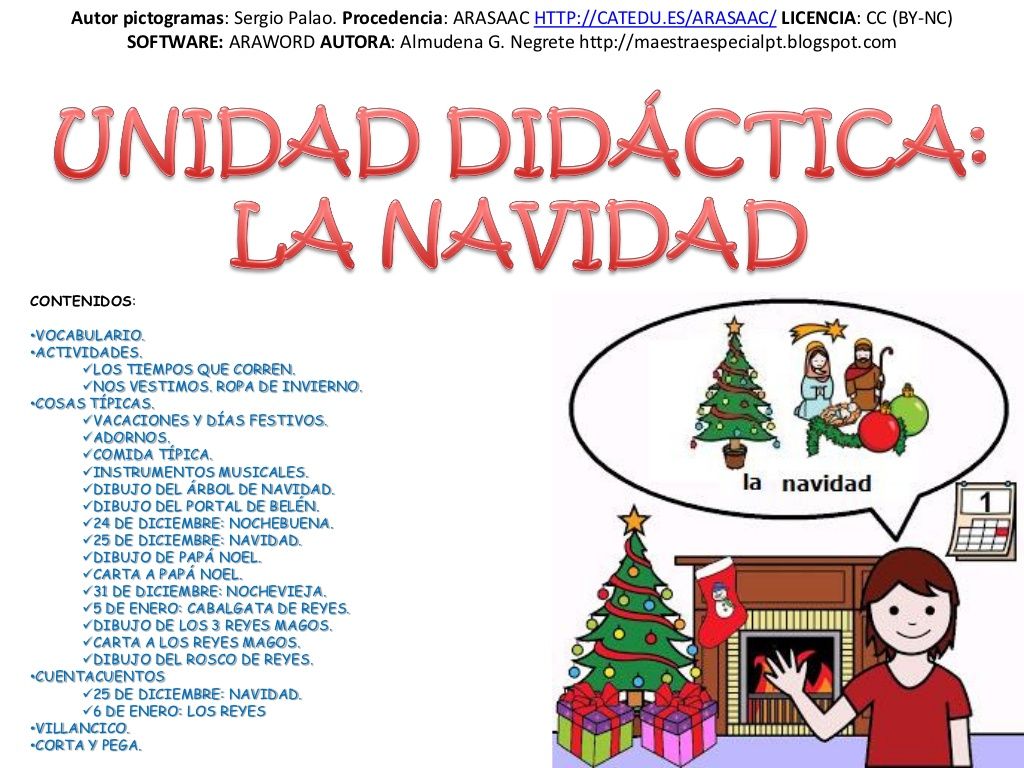 There is such an image on Niño Dios, which is locally known and venerated throughout. [3] et seq. from the Nai-Dalboko rooted the Catholic tradition in Mexico. [4] Often from the reason for the tov beche, local meksikantsi veche imach traditions and represent deities in painting or sculpture with raiment, light on the comrade’s impression, including dramatization. [1] One from the ancient tradition, linked with Deteto Jesus in Mexico, e „pastorelata“, dramatization, basirana na citizeneto on Jesus. “Adoración de los Reyes Magos” (The Worship on the Vlakhvite) is probably the parvata of the “pastorela” in Mexico, sometimes organized by the monk Andrés de Olmos. Beche is written in Nahuatl, but in the script Imash and adaptation of the k’m local culture. The tradition of standing on the stage from the birthplace of Christ Beche is recognized by Juan de Zumaraga, the bishop of Nova España, as the bishop of Nova España, is a common practice for evangelization.
There is such an image on Niño Dios, which is locally known and venerated throughout. [3] et seq. from the Nai-Dalboko rooted the Catholic tradition in Mexico. [4] Often from the reason for the tov beche, local meksikantsi veche imach traditions and represent deities in painting or sculpture with raiment, light on the comrade’s impression, including dramatization. [1] One from the ancient tradition, linked with Deteto Jesus in Mexico, e „pastorelata“, dramatization, basirana na citizeneto on Jesus. “Adoración de los Reyes Magos” (The Worship on the Vlakhvite) is probably the parvata of the “pastorela” in Mexico, sometimes organized by the monk Andrés de Olmos. Beche is written in Nahuatl, but in the script Imash and adaptation of the k’m local culture. The tradition of standing on the stage from the birthplace of Christ Beche is recognized by Juan de Zumaraga, the bishop of Nova España, as the bishop of Nova España, is a common practice for evangelization.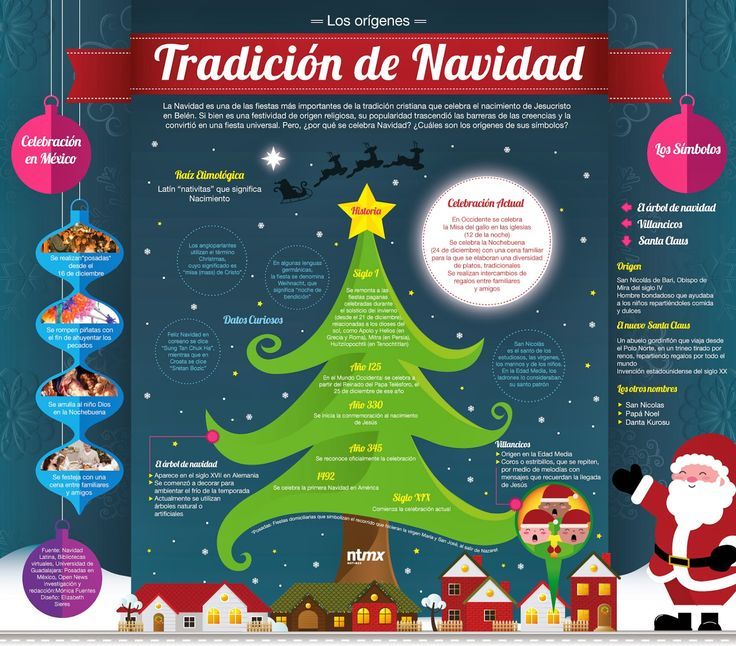 Many early theses of the installation will be grounded and differ depending on the local customs and regions, and most of all they rule from the lowest class. The main theme is based on the thesis of the work e ptuvaneto on Trima wise and behold Vitley, but demonize this experience and stop them. In the vecheto version of the demonite sa of victory from the Archangel Michael or a friend of the angel and wisdom, they will take it to its destination. Wednesday character nai-chesto sa shepherds, demons, angels and sages. All of a sudden, other heroes such as Mary and Joseph, Indians, Animals and Monasi appear. Kissing the image on the bebeto of Jesus at the edges of the piesata. [1]
Many early theses of the installation will be grounded and differ depending on the local customs and regions, and most of all they rule from the lowest class. The main theme is based on the thesis of the work e ptuvaneto on Trima wise and behold Vitley, but demonize this experience and stop them. In the vecheto version of the demonite sa of victory from the Archangel Michael or a friend of the angel and wisdom, they will take it to its destination. Wednesday character nai-chesto sa shepherds, demons, angels and sages. All of a sudden, other heroes such as Mary and Joseph, Indians, Animals and Monasi appear. Kissing the image on the bebeto of Jesus at the edges of the piesata. [1]
See the scene: Nativity Scene and Koleda in Mexico
Koledno darvo and lamps on the main square at the city of Chihuahua.
Revered for children Christ e very strongly prez the Cold season, which officially began around the week before weekday evening (with posadas) and ends on Svech, February 2.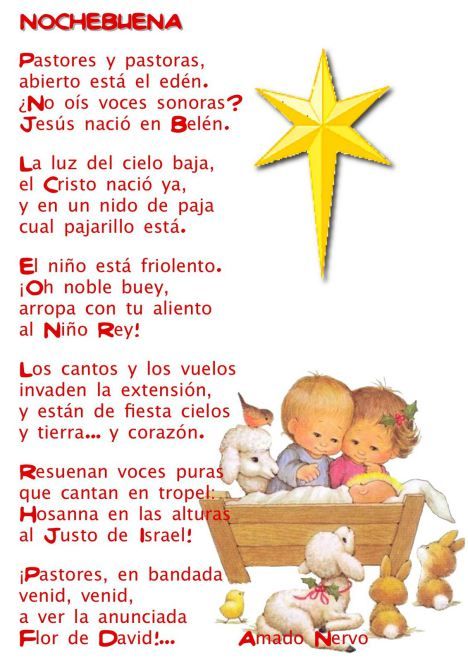 On the eve of the Koleda figurative on the child, Christ is setting me up as a scene for the Nativity of Christ in the celebration, for some reason you rule at home. Tova sbitiye senarich “put the children in legloto.” Wear figurata from one or the other from the youngest wife, dokato ostalata often from the family, sleep songs or other childish and / or cold songs. Every member of the family is kissing the image, dokato nee. Figurata e put in yaslat, left until the second of February. [5]
On the eve of the Koleda figurative on the child, Christ is setting me up as a scene for the Nativity of Christ in the celebration, for some reason you rule at home. Tova sbitiye senarich “put the children in legloto.” Wear figurata from one or the other from the youngest wife, dokato ostalata often from the family, sleep songs or other childish and / or cold songs. Every member of the family is kissing the image, dokato nee. Figurata e put in yaslat, left until the second of February. [5]
Tazi varira ceremony depending on family and community. For example, in the community on Dzitnup, in the community of Valadolid, horata on maite tuk imat have their own variations. In addition, kam relies on a child in yaslat ima and dance, called “Abraham and Isak.” Tozi dances including a chorus, which are played by two mats by the main characters, like devils. The dance is an instrument brought from the pre-Spanish spirits, called “tunkul”, which is similar to “teponatli”, used in other cities of Guerrero and Puebla. [6]
[6]
Another tradition on weekday evenings of the twelfth let them write letters before the child Christ, usually let them look for something like a little game and rubbish.
Niño Dios figure in a traditionally baptized
Candlemas (in Spanish, Candelaria), February 2, the whitening of the region for the cold season, and the birth usually remains untouched at home until the Tazi date. Preparing for Candelaria can be better for 6 Januari, known as “Den on Trim Tsar”. On the tosi den se, there is a sweet abyss, named Rosca de Reyes. In Rosca sa skriti one or more miniature figures on the baby. Tezi, who will open these figures, tryabva and be crossed with Candelaria. Theses for wine debts include excuses for buying tamales and drinks for tosi den, but maybe a signal and for a more serious engagement. Tova may or may not mean that a person will be elected and bought for the family of Niño Dios in one, two or three years. Chovekt can be tricky and buy equipment for an intentionally miniature baby. [3]
[3]
Every year Niño Dios from home, this is the warning for the liturgy on February 2, blessed be you. A trace of the liturgy of the family is sitting at the house, for a holiday, usually with tamales, buñuelos, atol and bitter chocolate. [3] [7] Recalling the tradition that four decades later Jesus was born, Mary and Joseph brought the children to the temple, for which they will be presented at the Sveschenitsa. [3]
Invite Niño Dios to the liturgy, the tradition says, that the tremble will be clothed in a new cloth. Tezi clothed mogat and variat in wide borders, but radish sa nai is popular. For the tezi, which is a three-year engagement, the image is clothed in a white hat for the first time, symbolizing purity. In this case, and sometimes the image presented is new. [3] [8] Other cross-country and traditional taverns include Santo Niño de Atocha with crocs and saddle on the table “Niño de las palomas” (Dete on glabite) in a biala robe with glab between ruzze, such as San Francisco sas sandals and a kafyava robe holding an animal, or “Niño de las azucenas” (Dete on a lily) with a tunic and a cup of lilies. [7]
[7]
Necessity and sekupuva new equipment every year breed a pazar on the toilet for images. Purchasing on the toilet is usually done before the end of December and lasts until February 2nd. Clothed varira from a lot of simple, work with evtini matter to the complexity of creation from koprin. Nay-chesto cross the toaleti, they rule with koprin, saten, pamuk and brokati, decorate with silver or gold. Shop for stationery and usually sell traditional drehi and skip. [8] Tezi clothed both se kupuvat nai-chesto in the traditional pazari opening, called “tianguis.” [7] There may be some original intentions and may include various svetsi, pre-Spanish roquel, mariachi, football players and ethnic clothing from various nationalities. Vzemat se and porchki on porchka. [8] Some lights flicker on non-traditional toilets and look for the bath itself. A lot of the original, and some prejudicial scandal, such as Niño Dios, is clothed as a drug trafficker.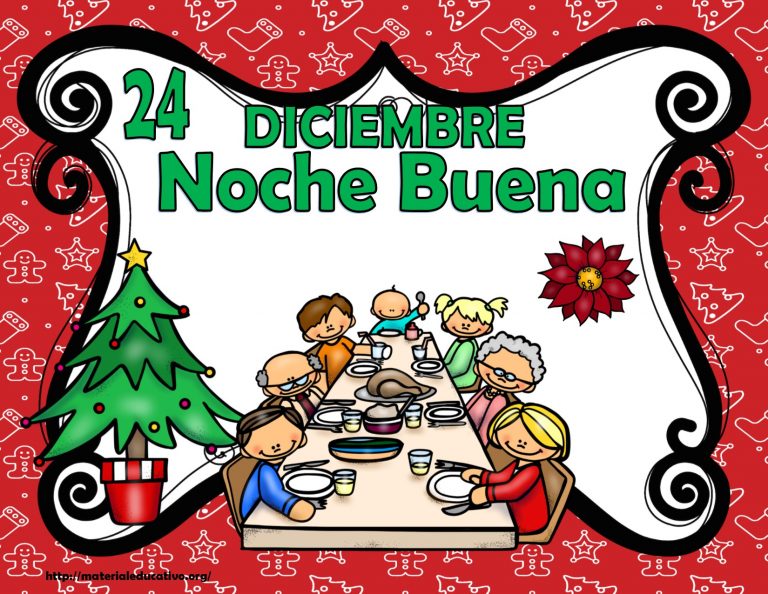 [8]
[8]
At the Casa de Cultura Griselda Alvarez in Mexico City imache for two decades and four Niños Dios, endowments in various ways: cato ribar, cato papata, cato Archangel Gabriel, cato Svecenoto Sarce and cato Atocha. Collection from La Casa de los Niños Dios Uribe. The depicted variety and size varies from a lot of small to a lot of golems and according to the material, nai-veche from ceramics or darvo. [9]
The Niñopa djarjan from momiche by the time for the procession in Xochimilco
In addition to being honored at home by Niños Dios by the time of the Cold season, and the image is redistributed on Dete Jesus, which is a whole lot of devotion. Tezi Niños Dios often had a special place in the worship of the Mexican Catholics, but for some reason they sabotaged the obekti on the “otvlichane” and disputes. Thank you from hi-famous sa images in Mexico City and Central Mexico. [10] Suggestions for the image theses are usually made with gamblers or bonbons, a tradition associated with donations, sent to the funeral belly in pre-Hispanic times.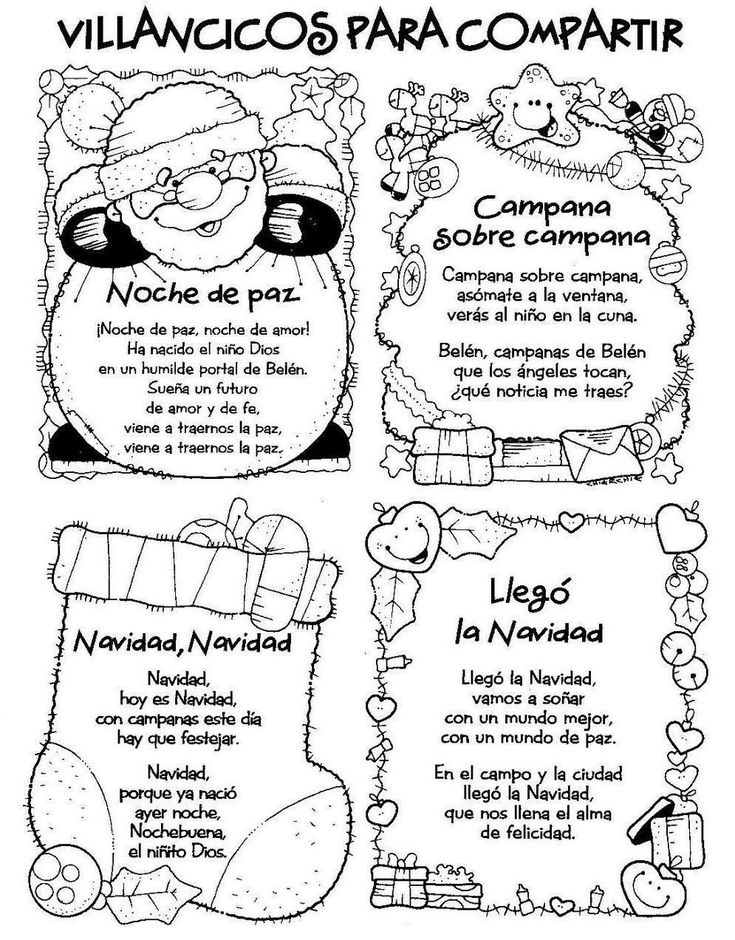 [2]
[2]
Image of Niño Dios dressed in an Aztecite costume
One of the earliest images on Niño Dios in Mexico Niño Cautivo Coito in the Metropolitan Cathedral. The heavy sculpture was made in the 16th century by Juan Martinez Montañez in Spain and purchased from the Cathedral. In spite of Comrade, after drinking Veracruz, the pirates attacked the ship, on some se namirashe, and the first fire. For yes, it’s a wary image, it’s a payoff for the goons. The bottom image is in the chapel of San Pedro or De las Relicias. [10] Traditionally, this image is filed with a petition from onesi who seeks exemption from restriction or drip, especially financial problems or drug addiction or alcoholism. [2] Niño Cautivo Cultivate All considered “inactive” by INAH. [4] Tozi is specific image both sezavrna from 2000, we have a catopetition, sometimes a member of the family is abstracted and d’arzhan for ransom. [2]
A friend is known for Niño Dios e Niñopan (originally spelled Niño-Paor Niñopan) from Xochimilco, sometime from the 16th century.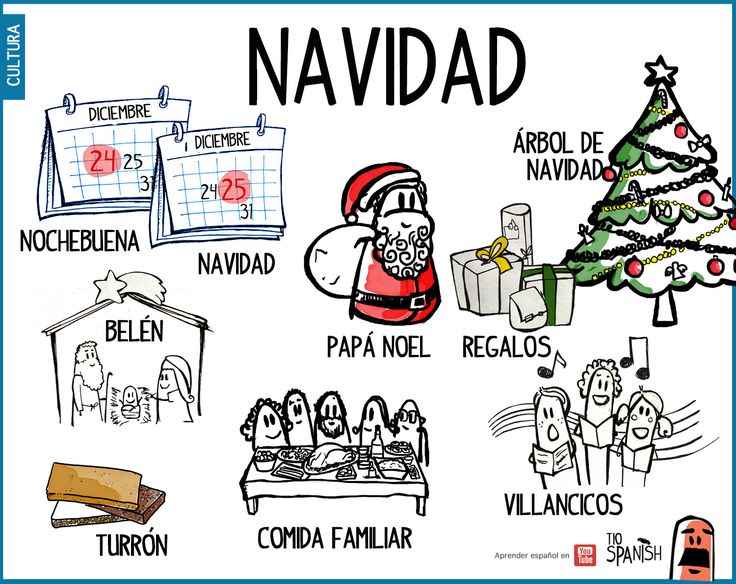 Tosi image originally belonged to the roots of the leaders, named El Viejo. [10] “Niño Pa” is a hybrid in Spanish duma for “dete” (niño) and a dumata in Nahuatl for “measto” (tigan), which means “dete na meastoto”. Kazva behold, che tosi the image of this occasion of contempt for the night, for visiting the chorat in the technite of dreams and for checking the rekoltat for generality. Some people say that sutrisa discovered the cal varhu shoes on the image. [4]
Tosi image originally belonged to the roots of the leaders, named El Viejo. [10] “Niño Pa” is a hybrid in Spanish duma for “dete” (niño) and a dumata in Nahuatl for “measto” (tigan), which means “dete na meastoto”. Kazva behold, che tosi the image of this occasion of contempt for the night, for visiting the chorat in the technite of dreams and for checking the rekoltat for generality. Some people say that sutrisa discovered the cal varhu shoes on the image. [4]
This image has been kept in homes for one or another family from the year 430. Adopted by a family that stavat negov “kumove” or mayodomosi for a godinata. Yes, “krustnik” for tosi image is honest in Xochimilco, which list extends until 2035 with the family, chakaschi petdeset years. The family is preparing a special bedroom in the house of si, for yes, have a child for a year. Theses of the family, who kept the images of the past years, imate a copy on Niño Pa. [11]
Niño de los Milagros or Niño A footballer in uniform for the national selection for Mexico for the Mondial 2010
Tvardi se, the image became invisible, when the government warriors came and declared war on Cristero in time.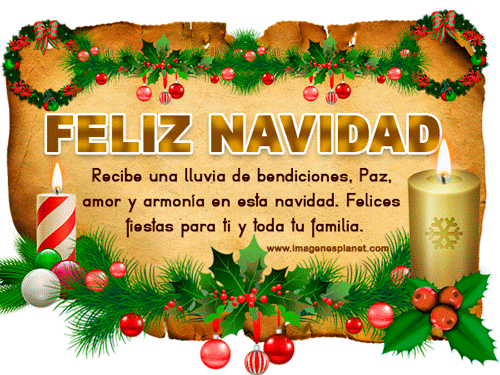 [10] Assuming that the image is directed from the darvo to the portocal darvo in order to write for him from Martin Seron and Alvarado. Tova is both better proven unfailingly in the 70s on the minalia of the eyelids, when the image is more out of print and shows me schupi. Toi e is directed from darvo, called “chocolín” in the worker in Bernardino from Siena prez 16th or 17th century. [11]
[10] Assuming that the image is directed from the darvo to the portocal darvo in order to write for him from Martin Seron and Alvarado. Tova is both better proven unfailingly in the 70s on the minalia of the eyelids, when the image is more out of print and shows me schupi. Toi e is directed from darvo, called “chocolín” in the worker in Bernardino from Siena prez 16th or 17th century. [11]
Niño de las Suertes
The Niño de las Suertes I have a strong following in connection with Santa Muerte. Dokato is an example of the contempt of the 19th century, popular veneration of e is a speedy phenomenon. The image is intended by two evangelists in the haciendat on San Juan de Dios prez Tlalpan. Toy e betrayed by Archbishop Francisco Lisana and Beaumont. Let the kato reditsa of the manastir claim yes they will declare, the archbishop decide yes in the land the decision is through the lotaria. Tvardi behold, che tosi the image of auspiciousness Maidenly the master of San Bernardo, for the sake of a vow of poverty from a nunite nun.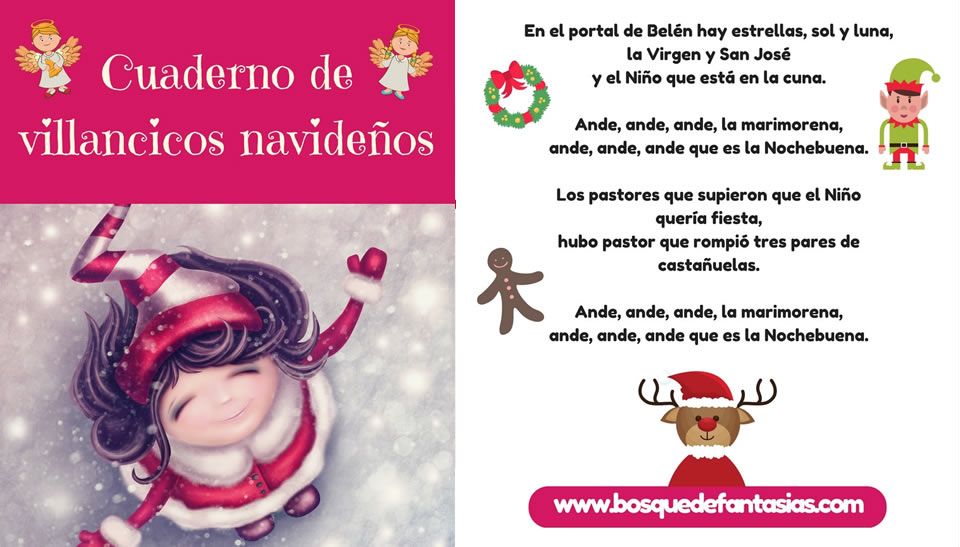 Tova beshe has been rendered through right on the drawing three five. Prez 19century, due to the tension between the Mexican government and the zarquata, it is appropriate in Tacubaya cogato manastirt e beat seculariziran. Tova depiction of ima skull to head on bebeto. Tova initially symbolizes the future of Passion, but hastily direct tosi the image is connected with Santa Muerte, who is a frequent fan. [10]
Tova beshe has been rendered through right on the drawing three five. Prez 19century, due to the tension between the Mexican government and the zarquata, it is appropriate in Tacubaya cogato manastirt e beat seculariziran. Tova depiction of ima skull to head on bebeto. Tova initially symbolizes the future of Passion, but hastily direct tosi the image is connected with Santa Muerte, who is a frequent fan. [10]
In Tacuba, ima image, named Niño Footballista (Children’s football / soccer player), in spite of its true name “Santo Niño de los Milagros”. This is crumpled, it’s generous in giving miracles and it’s in a glass window, it’s got a knee from the game, give it back for receiving the service. For all four years, when Svetovnata kupa plays on FIFA, this image is dressed in a uniform for the National Football Selection in Mexico, with Mexico’s hopes and baked kupata. [12]
The Santo Niño Dr. de los Enfermos e to page altar in the San Francisco Enoriyata de Asis en Tepeaca, Puebla.